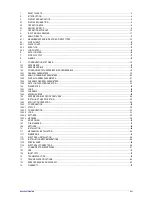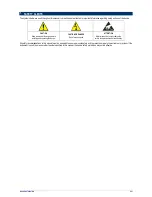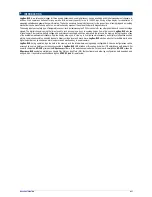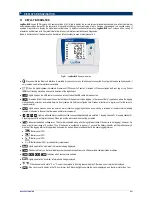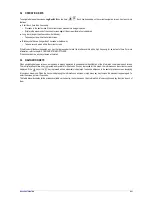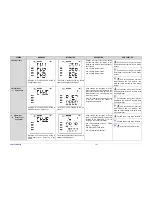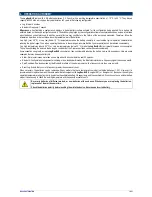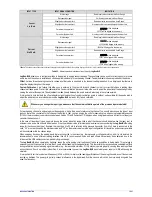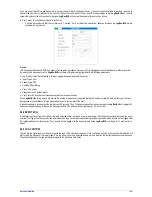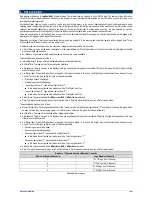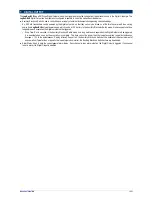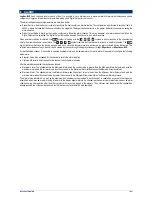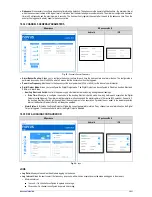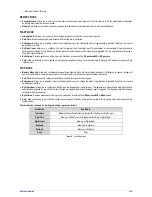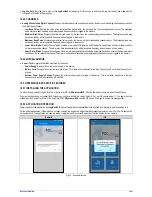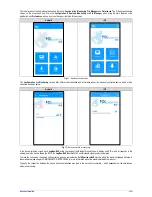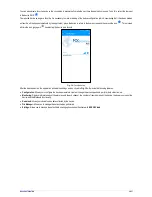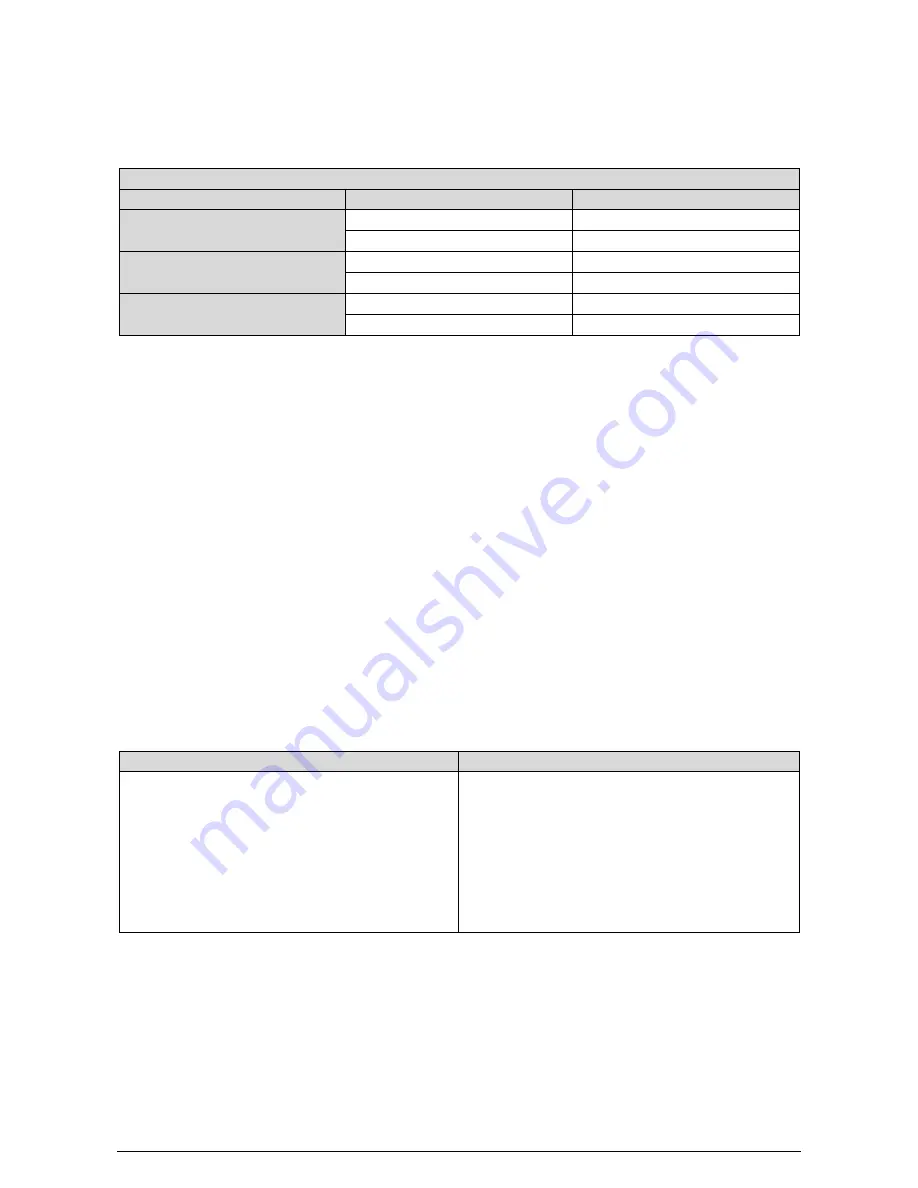
NOVUS AUTOMATION
14/57
6.2
DIGITAL INPUT
LogBox-BLE
has a Digital Input channel that can be configured for Pulse Count, Event Log, or even for Log Control. This Digital Input can be
disabled.
Regardless of the function for which it will be used, the sensor output type that will be connected to the input must be configured: PNP, NPN, or Dry
Contact (refer to chapter INSTALLATION to see how the sensors should be connected). In addition to that, you must select which digital signal
edge of interest to generate the count, event or start/end of logs for: rising edge, falling edge, or both edges.
Relationship between Sensor Type, Sensor Status, and Logical Level obtained in LogBox-BLE
Sensor Type
Sensor State
Logical Level
PNP
Open
0
Closed
1
NPN
Open
1
Closed
0
Dry Contact
Open
1
Closed
0
Table 03
- Digital Input
For Dry Contact sensors, it is necessary to set a
debounce
time of at least 50 ms (sensor stabilization time - time in which the sensor must remain
in the state of interest for it to be considered valid). However, for PNP or NPN type sensors, it is not necessary to set a
debounce
time if they are
configured for Pulse Count. However, if the digital input is configured for Event Log or Log Control, a minimum
debounce
of 50 ms is required to
prevent any noise from generating a false event. In the Event Log and Log Control modes, events will be generated after the end of the
debounce
time.
6.2.1
PULSE COUNT
By setting the Digital Input for Pulse Count, it is possible to count the number of pulses occurring within a period and to log the average flow rate.
LogBox-BLE
has a 16-bit register for accumulating the number of pulses within a given range and logging it in the memory. Thus, at each log
interval,
LogBox-BLE
captures the number of pulses within that interval and logs it in the memory, zeroing the register to accumulate the pulses for
the next interval.
The
LogBox-BLE
is capable of counting up to 10 pulses per second if the sensor configured is Dry Contact type and 2000 pulses per second for
PNP and NPN sensor types. However, it is important to note that these pulses will accumulate within the log interval. Thus, it is necessary to
evaluate the sensor maximum frequency so that it does not exceed 65535 counts (16 bits) within the log interval and
overflow
the register that
accumulates the counts.
Ex.: If the maximum sensor frequency is 2 kHz, the
LogBox-BLE
will accumulate 2000 pulses per second for up to 32 seconds. Because, by
exceeding this interval, the number of accumulated pulses will exceed 65535 counts, resulting in
overflow
in the accumulator register. Thus, for a
sensor that can reach 2000 pulses per second, it is recommended that the log frequency be less than 32 seconds.
In typical applications, such as flow and volume measurement, simple pulse counting is not enough, being necessary to convert these pulses into a
flow unit. For this, one can select the desired flow unit and a conversion factor that transforms the number of pulses generated by the connected
transmitter in flow information. The pulse conversion logged in the interval for the flow unit configured by the user will occur every time the logged
data is displayed.
To streamline the configuration of the digital channel in Pulse Count mode and the conversion to flow in the unit required for the user,
LogBox-BLE
provides the following units
of measure:
Flow Units
Sensor Units
l/s,
l/min,
l/h,
gal/s,
gal/min
gal/h,
m³/s,
m³/min,
m³/h
pulses/l,
pulses/gal
pulses/m³


